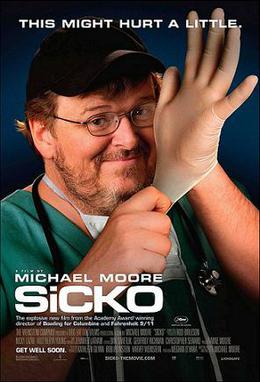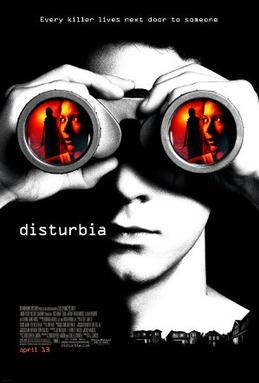Danger Than Fiction Part 2
| The Da Vinci Code isn’t the only controversial film that will be coming to the screen this spring. Today writer-director Paul Greengrass’s United 93 was released in theatres. This film will be controversial for far different reasons than Da Vinci, mostly because cable news programmes need to generate false controversies to attract viewers and sell advertising. Thus, we’ll be bombarded with questions like, “Should a film chronicling the real life events of 11 September ever be made?” and “Isn’t this film taking advantage of our grief to turn a profit?” That not to say that such questions aren’t legitimate. But, in bringing to the screen a film about a historical event, especially one s o recent and so important to the current world psyche, a better question might be, “Is this what actually happened to Flight 93?” From the reviews that I’ve read of the film, it seems that Greengrass has made every attempt to ensure that his film is as accurate as possible. Reportedly he interviewed more than 100 family members and friends of those who were on the flight, hired flight attendants and airline pilots to play those roles, and even hired civilian and military controllers to play themselves in the film. That said, interviews with family members can only take one so far in recreating a tragedy of this nature. Much of what happened in Flight 93’s final moments can only be conjectured. Yes, evidence can be pieced together from phone calls made to relatives and cockpit voice recordings. However, the popular theory we have retained, that the flight’s passengers overpowered their hijackers and crashed the plane to prevent another jet-fuelled crash into a populated building, is just that, a theory. And it’s a theory that doesn’t square with much of the available evidence. For instance, that explanation doesn’t take into account the phone call of Ed Felt, a passenger hiding in the first class bathroom, who told a 911 operator that he heard an explosion and saw white smoke coming from the plane. Nor does it explain why the operator who took Felt’s call is not allowed to speak to the media. Further, it fails to explain the presence in the flight’s cockpit recordings of the sound of wind, suggesting that the plane had been holed. Nor does it take into account the plane’s engine being found a mile away from the crash site, or multiple fields of debris found from the plane, up to eight miles away from the crash point. Nor does it account for reports from multiple witnesses of a second, unmarked plane in the area, which many have been a military fighter jet. Nor the lack of debris at the actual crash site. Nor the reports from a military veteran living in the area who reportedly heard a missile fired. Nor does it account for why a professional pilot and a former flight controller who were aboard the flight (as passengers) were unable to fly the plane to safety, if the passengers did in fact subdue the hijackers. None of this necessarily means anything. But it is evidence, and better evidence than that given for the theory we’ve been conditioned to accept. Something tells me that the movie doesn't address this evidence though. |

















Comments on "Danger Than Fiction Part 2"
-
 jasdye said ... (4/29/2006 08:29:00 AM) :
jasdye said ... (4/29/2006 08:29:00 AM) :
-
 Wasp Jerky said ... (5/14/2006 02:30:00 PM) :
Wasp Jerky said ... (5/14/2006 02:30:00 PM) :
-
 MEP said ... (5/16/2006 09:13:00 AM) :
MEP said ... (5/16/2006 09:13:00 AM) :
post a commentman, if i ever think that my government is doing a half decent job, i know where to get my lithium-with-tranquilizers prescription filled.
Head hurt.
I thought about that too as I read reviews for the movie. I think I still want to see it to enjoy the story of it - as a story. Not sure if that sounds the way I want it to, but that's why I'm interested in it - not because I want to relive my own grief or because I want to see "the truth" about how things went down.